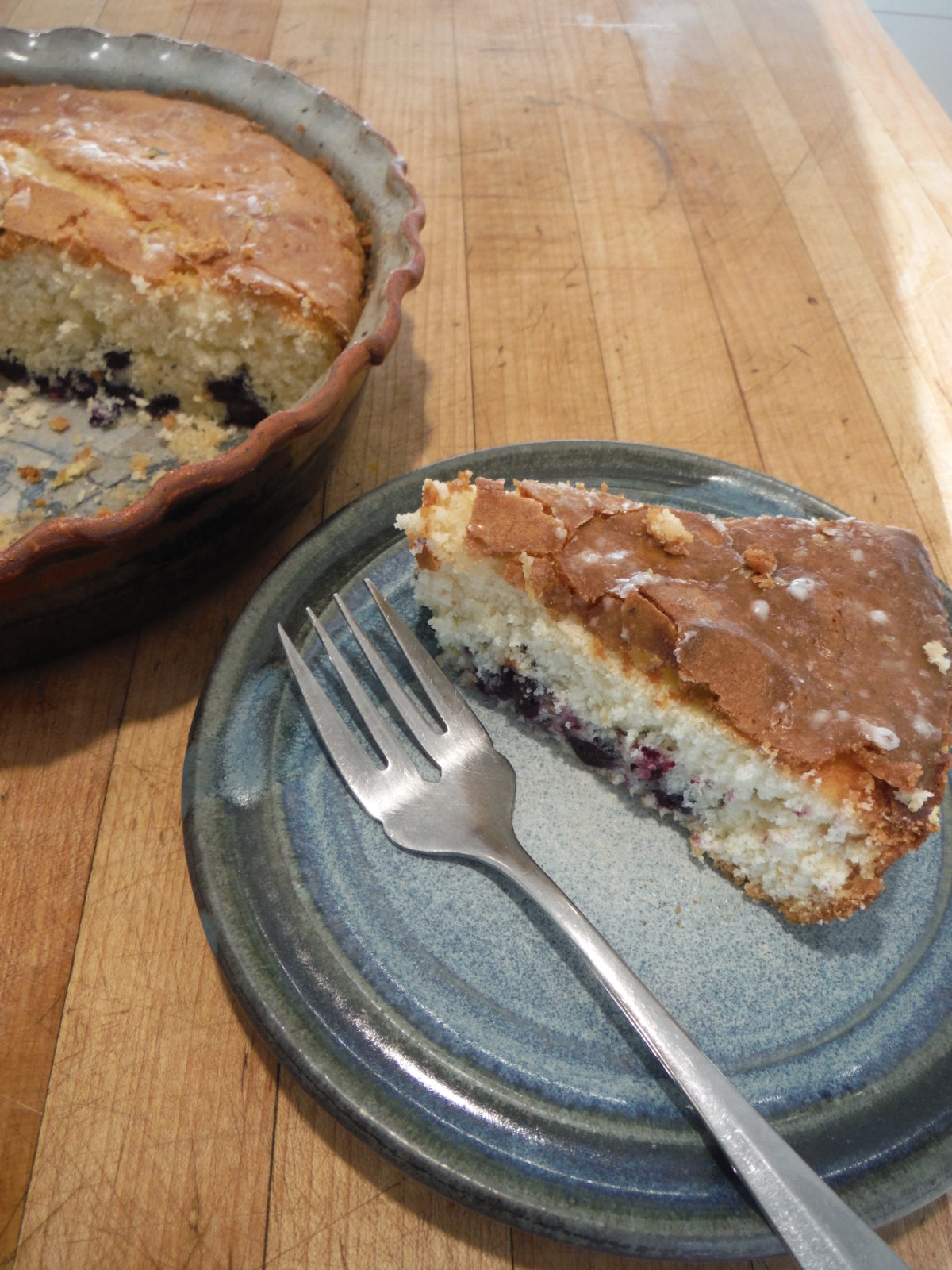You Have the (Baking) Power with Low-Sodium Baking Powders

Here’s a chemistry lesson about delicious quick breads, ideas about cutting sodium as you make a tasty coffee cake—a holiday brunch treat, perhaps?—and a recipe for homemade baking powder. The recipe was developed by a couple of Northwest Kidney Centers patients who were carefully controlling sodium intake to save their kidneys, hearts, and blood vessels. You’ll be impressed with the yummy results.
Two ingredients make quick breads rise—baking soda and baking powder. Some recipes use both.
Baking soda, or sodium bicarbonate, is a base, or alkaline agent. It needs an acid to react with to produce a gas that raises the dough. The acid may be buttermilk, sour milk, sour cream, yogurt, molasses, or fruit juice. Baking soda has about 1,200 milligrams of sodium per recipe.
Regular baking powder is usually made with some baking soda, an acid like cream of tartar or potassium bitartrate, and a starch to absorb water and keep the acid and base from reacting. Regular baking powder contains about 480 milligrams of sodium per teaspoon—fairly high but not as high as baking soda.
When you add baking powder to a liquid such as water, milk, egg, sour cream, or yogurt, the basic sodium bicarbonate reacts with the acidic cream of tartar. As a result, carbon dioxide bubbles are released, making your muffins, quick breads, and pancakes rise.
You can buy low-sodium baking powder with zero and 30 milligrams of sodium per teaspoon. Following are several low-sodium choices. If your grocery doesn’t carry any, ask the manager for it, or order online. Or make your own baking powder, which is lower in sodium than baking soda.
- Ener-G Foods Baking Powder: Low-sodium and aluminum-free. Ingredients: calcium carbonate, magnesium, carbonate, glucono delta-lactone, and citric acid.
- Hain Pure Foods Featherweight Baking Powder: Sodium-free. Ingredients: monocalcium phosphate, potato starch, and potassium bicarbonate.
- Rumford Reduced Sodium Baking Powder: Reduced sodium and aluminum free. Contains 35 milligrams of sodium. Ingredients: calcium, acid pyrophosphate, cornstarch, sodium bicarbonate, potassium bicarbonate, and monocalcium phosphate.
- Homemade Baking Powder: Combine 2 tablespoons baking soda and 1/4 cup of cream of tartar. Sift with a fine strainer and use within a month. One teaspoon contains 239 milligrams of sodium.
More ideas to reduce sodium: Don’t add salt—even if the recipe calls for it. One teaspoon of salt has about 2,300 milligrams of unhealthy sodium. Also, using unsalted butter for baking can make a big difference in the sodium content as well.
Try all these tricks in this great coffee cake. You can make it in any season with fresh or frozen blueberries.
Lemon Blueberry Kuchen
1 cup flour
1/2 cup rice flour (or wheat flour, if unavailable)
2 teaspoons low-sodium baking powder
3/4 cup sugar
1/4 cup unsalted butter
2/3 cup milk
1 teaspoon vanilla
1 egg
1 tablespoon grated lemon peel
1 1/2 cups fresh or frozen blueberries or huckleberries
1 tablespoon sugar
Preheat oven to 350 degrees. Grease a round cake pan or a 9-by-9-inch square pan. Cream butter and sugar with mixer or food processor or in a bowl with a big spoon, and then continue beating until light. Add vanilla and half of lemon peel. Add egg and mix.
In a separate bowl, mix all dry ingredients. Add to creamed mixture alternately with milk. Mix blueberries or huckleberries with 1 tablespoon sugar and lemon zest. Fold berry mixture into batter. Spoon batter into pan. Bake 35 to 40 minutes until toothpick inserted in center comes out clean. Let rest 10 minutes before serving.
 Contributor Katy G. Wilkens is a registered dietitian and department head at Northwest Kidney Centers. The National Kidney Foundation Council on Renal Nutrition has honored her with its highest awards—the Susan Knapp Excellence in Education Award and the Joel D. Kopple Award for significant contributions in renal nutrition. See more of Katy’s recipes at www.nwkidney.org.
Contributor Katy G. Wilkens is a registered dietitian and department head at Northwest Kidney Centers. The National Kidney Foundation Council on Renal Nutrition has honored her with its highest awards—the Susan Knapp Excellence in Education Award and the Joel D. Kopple Award for significant contributions in renal nutrition. See more of Katy’s recipes at www.nwkidney.org.
This article originally appeared in the December 2018 issue of AgeWise King County, an e-zine published by the Seattle-King County Advisory Council on Aging & Disability Services.
![Aging & Disability Services for Seattle & King County [logo]](https://www.agingkingcounty.org/wp-content/themes/sads/images/seattle-ads-logo.png)